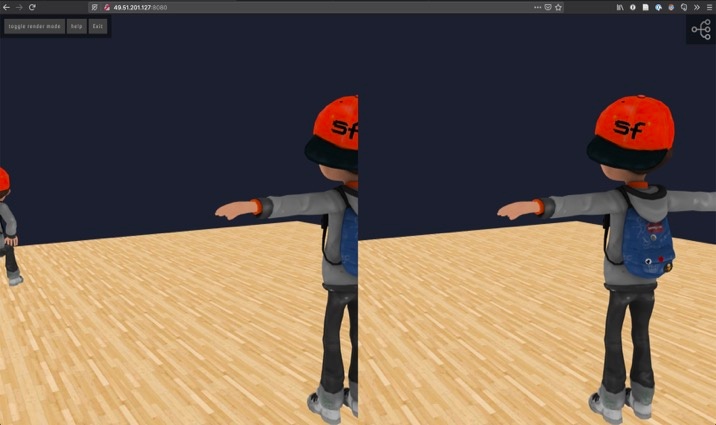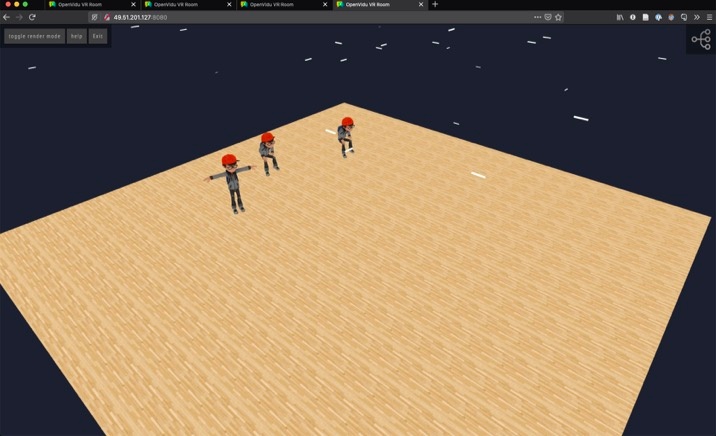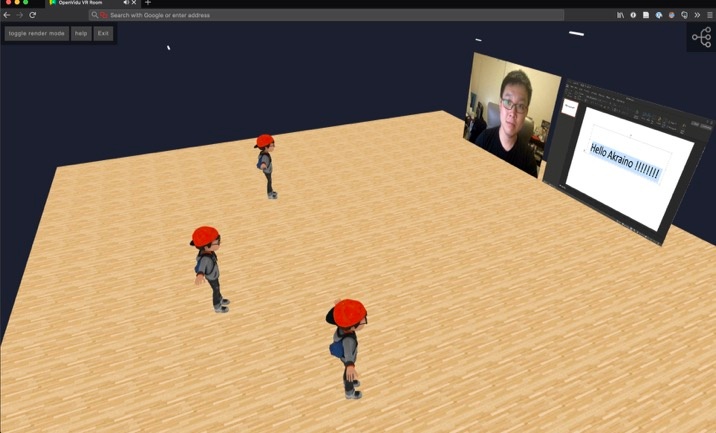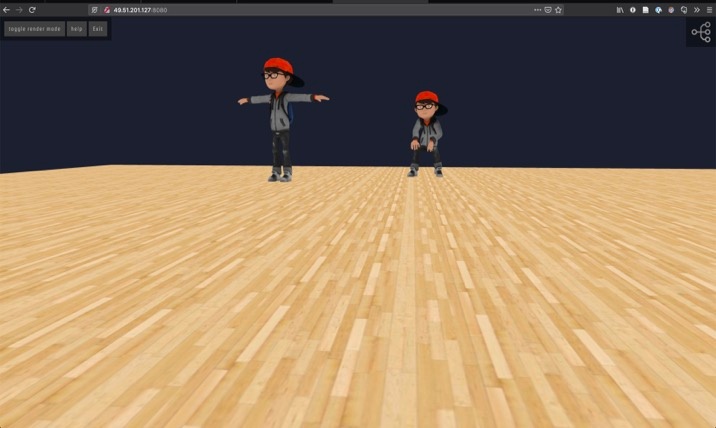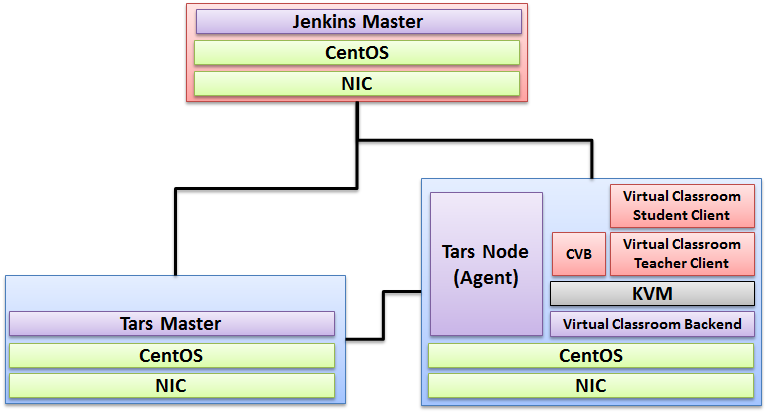| Table of Contents |
|---|
Blueprint overview/Introduction
Integrated Edge Cloud(IEC) is an Akraino approved blueprint family and part of Akraino Edge Stack, which intends to develop a fully integrated edge infrastructure solution, and the project is completely focused towards Edge Computing. This open source software stack provides critical infrastructure to enable high performance, reduce latency, improve availability, lower operational overhead, provide scalability, address security needs, and improve fault management. The IEC project will address multiple edge use cases and industry, not just Telco Industry. IEC intends to develop solution and support of carrier, provider, and the IoT networks.
...
After successfully deploy the virtual classroom application, the following virtual classroom is waiting for you. Enjoy!
Overall Architecture
The whole architecture, shown below, consists of two parts: the front end and the backendthree nodes: Jenkins Master, Tars Master and Tars Agent with AR/VR BP and CVB.
- For the Jenkins Master, we deploy a Jenkins Manster for our private lab for testing
- For the Tars Master, we deploy a Tars Platform for severless use case integration
- For the Tars agent, we deploy the Virtual Classroom backend on this node and two front end client as Virtual Classroom teacher and student on KVM. front end, the minimal requirements are two clients, one for the teacher and the other one for the student. The client device could be a cellphone, tablets, wearable devices,personal computers, etc. The client collects information from the real world and transfers the data to the backend for calculation. Beyond data transfer and calculation, render is another function running on the front end client-side.For the backend, we deploy the backend in two virtual machines in the Cloud.
- To make the VR backend work well, we deploy IEC in the IaaS Layer, Tars framework in PaaS Layer, Virtual Classroom Backend in SaaS Layer.
- To make CI/CD available, we deploy Jenkins Master in one Virtual Machine. The Jenkins master issues command to triger the script run on the dedicated VM.
Platform Architecture
Software Platform Architecture
Tars is a high-performance microservice framework based on name service and Tars protocol, also integrated administration platform. For more information about Tars, refer to the following documents:
...
- Lightweight framework
- To make Tars can be well deployed on the edge computing platform, we make the framework pluggable. The customer plugin the pluggable components when we really need it. Unnecessary components can be avoided.
- Rewrite some functions(like scale-out, monitor and so on) to reduce CPU consumption.
- Orchestrate no-urgent functions(like monitor data calculation and so on) from edge to DC(or higher level edge). Reduce resource consumption.
- IEC Optimization: IEC uses Calico as the main container networking solution which uses a pure IP networking fabric to deliver high-performance Kubernetes networking, and its policy engine enforces developer intent for high-level network policy management. Together, Calico and Kubernetes provide a secure, cloud-native platform that can scale your infrastructure to support hundreds of thousands of users. Calico CNI also supports multi-cni plugin. In this way, users can customize their own edge systems.
Main Progresses for Release
...
3
Release 2 3 is the first release for IEC Type 4. So everything is new.
Build Of Materials (BOM) / Hardware requirements
For R2R3, we deploy IEC in Tencent Cloud AR/VR BP in inwinSTACK Private Lab for Release. The detailed hardware is itemized below:
Hostname | Core | RAM | HDD | NIC | Role |
Node-0 | 8 | 40GB | 3TB | 1GB | Jenkins Master |
Node-1 | 8 | 96GB | 3TB | 1GB | Tars Framework |
Node-2 | 8 | 96GB | 3TB | 1GB | Tars Node (CVB + Type4 Application + Virtual Classroom Teacher Client + Virtual Classroom Student Client) |
Hardware and Software Management
Licensing
Components | Link | License | Akraino Release target |
OpenVidu | https://github.com/OpenVidu/openvidu-vr/tree/master/openvidu-vr-room -v2.13.0 | Apache License 2.0 | R3 |
| Tars | https://github.com/TarsCloud/Tars - v2.0 | BSD 3-Clause License | R3 |
| IEC | https://gerrit.akraino.org/r/#/admin/projects/iec - v3.0 | Apache License 2.0 | R3 |
CPU+Memory
Drive
Deployment
4Core * 16G
50G
Jenkins Master
4Core * 16G
50G
